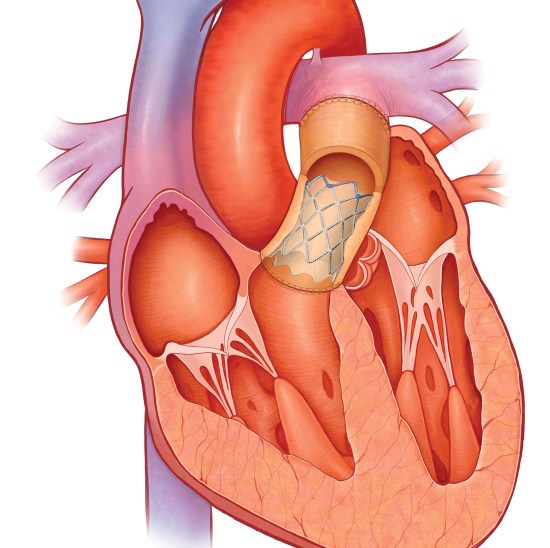Stents can be defined as tiny, expandable wire mesh tube which needs to be placed to treat weakened or blocked arteries of heart. When a coronary artery that assists to feed the heart muscles become blocked owing to the buildup of fatty deposits which is called plaque, it causes reduction in the blood flow.
Reduction of the flow of the blood to the heart muscles finally lead to the chest pain as well as a clot may form to completely block the blood flow. In this circumstance stents are used to open up the blocks and prevent the chance of heart attack.
 How Artery can be Opened up Using Stents
How Artery can be Opened up Using Stents
To prevent the chances of heart attack due to blockage in artery of the heart, the health adviser may need to go through the procedure of angioplasty. Through this procedure a catheter which is actually a balloon tipped tube is being inserted into the blocked artery and moved to the precise position of the blockage.
The next step is the inflation of the balloon which assists to compress the plaque as well as open up the narrow spot. As the vessels became widened up the balloon deflates and the catheter has to be withdrawn.
How Stents are used
The stents are placed in the blocked spot in the artery through inserting the balloon tipped tube. As the balloon inflates, the stent starts to expand and locks the place to form a scaffold to open the artery. To stay expanded the stent must stay in the artery permanently which also improves flow of the blood t and reduces chest pain.
Usage of stent depends on certain features of artery blockages which include dimension of the artery and the location of the blockage.
Advantages of using the Stent
Treatment through using stents may put a stop to the re-narrowing process that may occur after even undergone through balloon angioplasty. Stents fasten the recovery process of those patients who have undergone through coronary artery bypass surgery.
Precautions that should be Incorporated after Stent Procedure
After experiencing the stent process, the patient should intake one or more blood thinning agents like clopidogrel and aspirin. These medicines will help to reduce the risk factor of blood clotting. Though aspirin can be used for indefinite period of time, clopidogrel can be used for one to twelve months depending on the pattern of the stent that has been used.













